-

N-Methyldidecylamine CAS:7396-58-9
N-Methyldidecylamine is a significant organic compound with the molecular formula C12H27N. This alkylamine, characterized by its long hydrophobic tail and polar amine group, serves as a crucial intermediate in the production of cationic surfactants, flotation agents, and chemical intermediates. Its unique chemical properties make it an essential component in the creation of diverse compounds with potential applications in the fields of surface chemistry, mineral processing, and organic synthesis. N-Methyldidecylamine’s significance lies in its ability to provide surface-active and complexing characteristics to various end products, positioning it as a pivotal element in chemical synthesis and industrial applications.
-
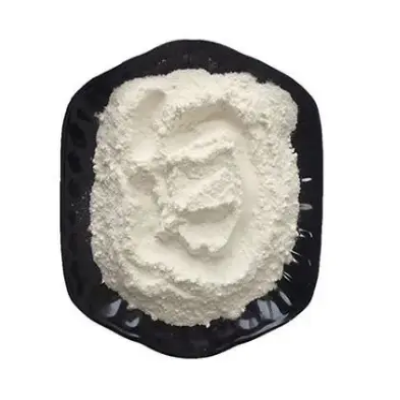
N-Methyldioctylamine CAS:4455-26-9
N-Methyldioctylamine is a significant organic compound with the molecular formula C16H35N. This alkylamine, characterized by its long hydrophobic tail and polar amine group, serves as a crucial intermediate in the production of flotation agents, quaternary ammonium compounds, and chemical intermediates. Its unique chemical properties make it an essential component in the creation of diverse compounds with potential applications in the fields of mineral processing, specialty chemicals, and organic synthesis. N-Methyldioctylamine’s significance lies in its ability to provide complexing and phase transfer characteristics to various end products, positioning it as a pivotal element in chemical synthesis and industrial processes.
-

N,N-Dimethyltetradecylamine CAS:112-75-4
N,N-Dimethyltetradecylamine is a significant organic compound with the molecular formula C16H35N. This alkylamine, characterized by its long hydrophobic tail and polar amine group, serves as a crucial intermediate in the production of cationic surfactants, corrosion inhibitors, and antistatic agents. Its unique chemical properties make it an essential component in the creation of diverse compounds with potential applications in the fields of industrial chemistry, personal care products, and material protection. N,N-Dimethyltetradecylamine’s significance lies in its ability to provide surface-active and complexing characteristics to various end products, positioning it as a pivotal element in chemical synthesis and industrial applications.
-

N,N-Didodecylmethylamine CAS:2915-90-4
N,N-Didodecylmethylamine is a crucial organic compound with the molecular formula C26H55N. This amine, characterized by its long hydrophobic alkyl chains and polar amine group, serves as a vital intermediate in the production of cationic surfactants, emulsifiers, and corrosion inhibitors. With its unique chemical properties, N,N-Didodecylmethylamine plays a pivotal role in the formulation of diverse products with potential applications in personal care, industrial cleaning, and metal protection. Its ability to provide surface-active and complexing characteristics underscores its significance in chemical synthesis and various industrial applications.
-
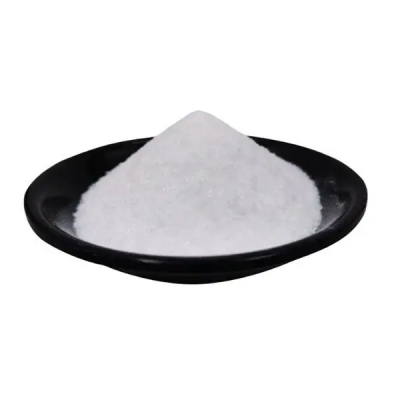
Didecyl methylamine CAS:7396-58-9
Didecyl methylamine is a significant organic compound with the molecular formula C20H43N. This amine, characterized by its long hydrophobic alkyl chains and polar amine group, serves as a crucial intermediate in the production of cationic surfactants, emulsifiers, and corrosion inhibitors. Its unique chemical properties make it an essential component in the formulation of diverse products with potential applications in the fields of personal care, industrial cleaning, and metal protection. Didecyl methylamine’s significance lies in its ability to provide surface-active and complexing characteristics, positioning it as a pivotal element in chemical synthesis and various industrial applications.
-
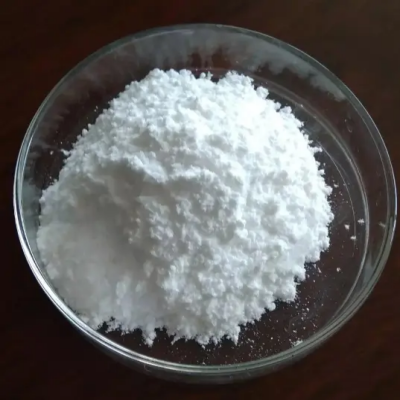
Amines, C16-18-alkyldimethyl CAS:68390-97-6
Amines, C16-18-alkyldimethyl are significant organic compounds comprising long-chain alkyl groups and polar amine functionalities. With a molecular structure characterized by C16-18 alkyl chains and dimethylamine groups, these amines serve as essential intermediates in the production of cationic surfactants, corrosion inhibitors, and textile auxiliaries. Their versatile chemical properties make them indispensable components in the creation of diverse compounds with potential applications in personal care products, metal protection, and textile processing. The significance of Amines, C16-18-alkyldimethyl lies in their ability to confer surface-active and complexing properties to various end products, positioning them as pivotal elements in chemical synthesis and industrial processes.
-
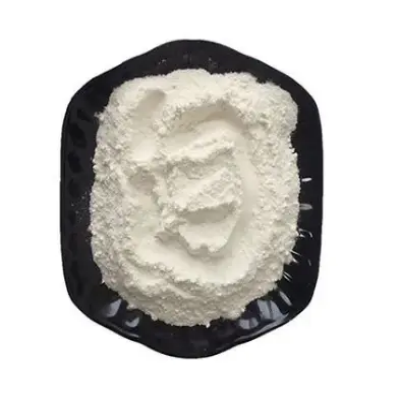
N,N-Dimethyldecylamine CAS:1120-24-7
N,N-Dimethyldecylamine is a significant organic compound with the molecular formula C12H27N. This alkylamine, characterized by its long hydrophobic tail and polar amine group, serves as a crucial intermediate in the production of cationic surfactants, corrosion inhibitors, and chemical intermediates. Its unique chemical properties make it an essential component in the creation of diverse compounds with potential applications in the fields of surface chemistry, metal protection, and organic synthesis. N,N-Dimethyldecylamine’s significance lies in its ability to provide surface-active and complexing characteristics to various end products, positioning it as a pivotal element in chemical synthesis and industrial applications.
-

Amines, C12-14-alkyldimethyl CAS:84649-84-3
Amines, C12-14-alkyldimethyl are significant organic compounds characterized by their C12-14 alkyl chains and dimethylamine groups. They serve as crucial intermediates in the production of cationic surfactants, corrosion inhibitors, and fabric softeners. These versatile chemical compounds find applications across diverse industries due to their surface-active and complexing properties, making them essential elements in chemical synthesis and industrial processes.
-

AMines, coco alkyldiMethyl CAS:61788-93-0
Amines, coco alkyldimethyl are essential organic compounds containing a mixture of alkyl chains derived from coconut oil and dimethylamine groups. These compounds serve as crucial intermediates in the production of cationic surfactants, emulsifiers, and corrosion inhibitors. Their unique chemical structure and properties make them valuable elements in various industrial processes and applications, contributing to the formulation of diverse products for personal care, household, and industrial use.
-

4-Bromotriphenylamine CAS:36809-26-4
4-Bromotriphenylamine is a notable organic compound with the molecular formula C18H14BrN. This crystalline solid, characterized by its brominated triphenylamine core, serves as a key building block in the synthesis of various functional materials and organic electronics. Its structural versatility and reactivity make it an essential intermediate in the production of advanced polymers, dyes, and electronic components. 4-Bromotriphenylamine’s significance lies in its ability to impart unique optical and electronic properties to a wide range of applications, positioning it as a pivotal component in the realm of material science and chemical synthesis.
-
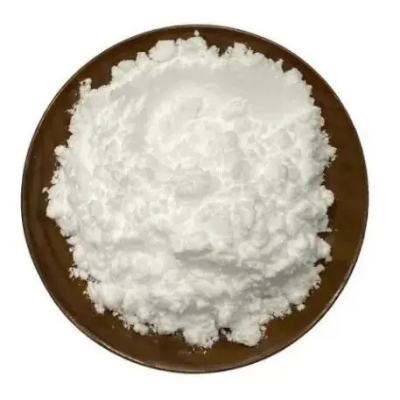
N,N’-1,2-ethanediylbis-1-Aspartic acid CAS:20846-91-7
N,N’-1,2-ethanediylbis-1-aspartic acid is a significant compound with the molecular formula C8H12N2O8. This organic compound, characterized by its ethanediylbis-aspartic acid core, serves as a crucial building block in the synthesis of biodegradable polymers, chelating agents, and pharmaceutical intermediates. Its structural versatility and chelating properties make it an essential component in the development of diverse compounds with potential applications in the fields of polymer chemistry, metal ion sequestration, and medicinal chemistry. N,N’-1,2-ethanediylbis-1-aspartic acid’s significance lies in its ability to confer distinctive chemical and biological properties to various end products, positioning it as a pivotal component in organic synthesis.
-
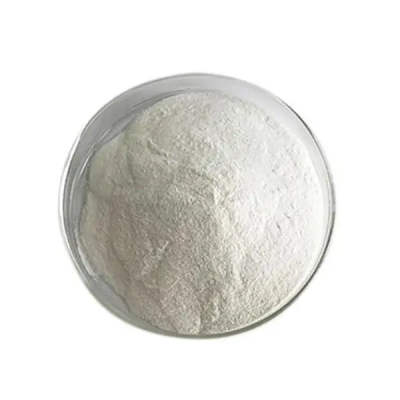
DIPALMITAMINE CAS:16724-61-1
DIPALMITAMINE is a vital organic compound with the molecular formula C33H69N. This amine, characterized by its long hydrophobic alkyl chains and polar amine group, serves as a crucial intermediate in the production of cationic surfactants, emulsifiers, and corrosion inhibitors. With its unique chemical properties, DIPALMITAMINE plays a pivotal role in the formulation of diverse products with potential applications in personal care, industrial cleaning, and metal protection. Its ability to provide surface-active and complexing characteristics underscores its significance in chemical synthesis and various industrial applications.

